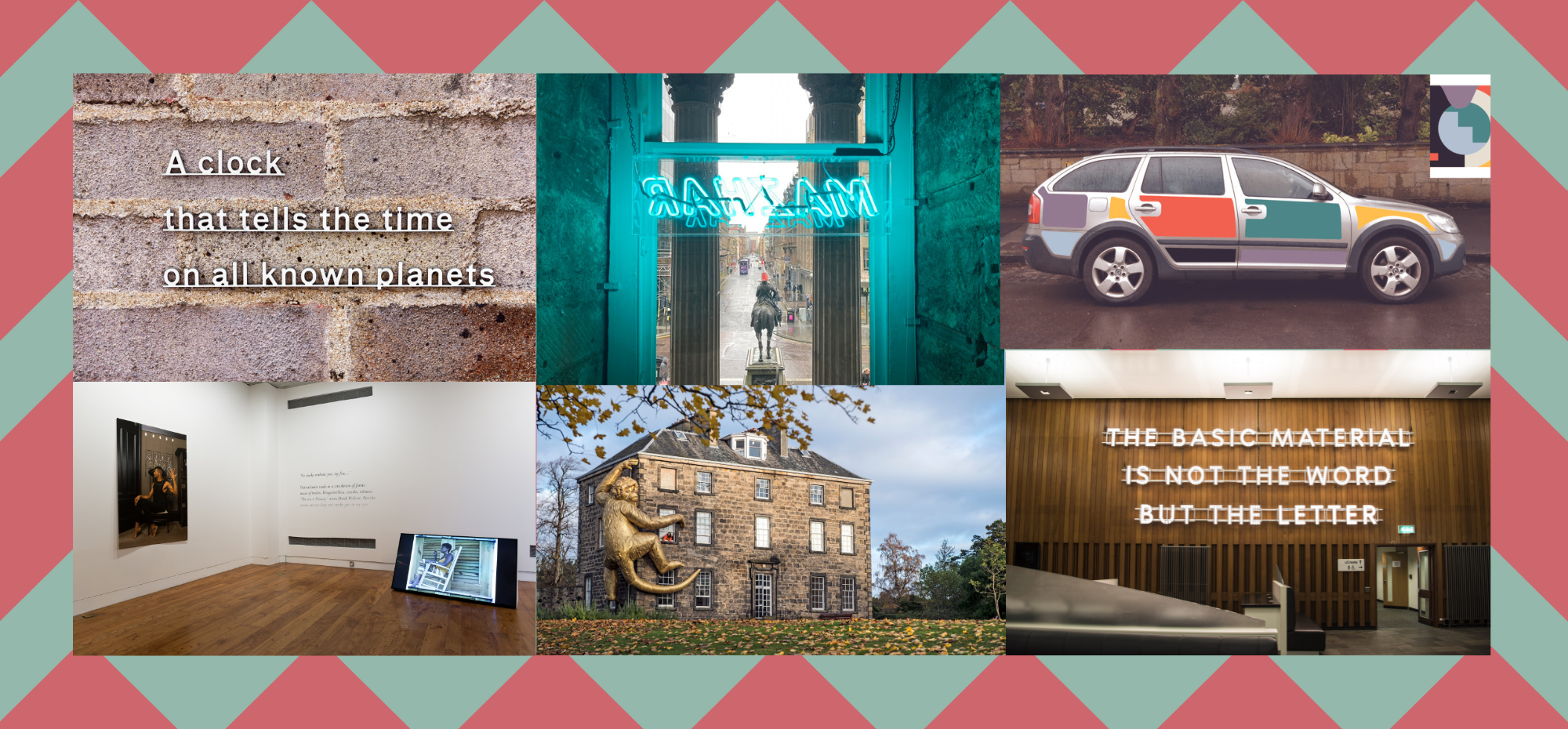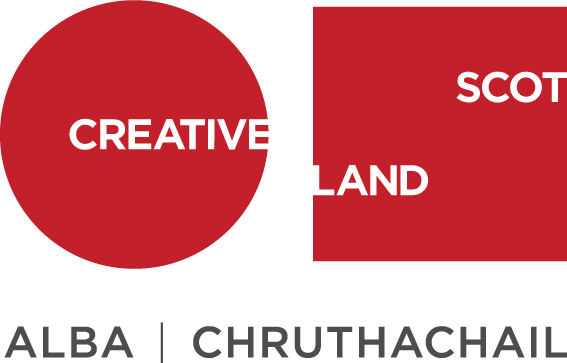Toolkit intro
Connect and Activate:
a toolkit for working with artists
in museums and collections

Artworks commissioned by Connect and Activate Partners
Museums and Collections can reap huge rewards from working directly with contemporary artists and commissioning contemporary artworks.
This toolkit is designed to help you think through why and how you can work with artists to ensure that both collecting and collaboration have the best outcomes for artists, audiences, and institutions.
The information in this toolkit is divided into bite sized sections, accessed through the 12 thumbnails below. There are questions in each section to help you and your team to consider the elements of the entire process of working with an artist.
The toolkit draws on ideas from our network and beyond. It complements a wide range of existing resources. It is not an exhaustive guide, but we hope you can use it to develop and support your own work.
Why work with artists? In our accompanying case studies our CLiC curators talk about how working with artists in collections can inspire communities, generate new tools, allow hidden histories to surface, and help imagine a better future.
This toolkit has been prepared by SCAN, as part of the Curatorial Leadership in Collections (CLiC) project, alongside Julie-Ann Delaney Curator and Liv Laumenech Assistant Curator for the University of Edinburgh Art Collection.
Image credits clockwise from top left:
Katie Paterson, Installation detail Ideas (2021) 100 three-lined texts in micro water-jet cut stainless steel, installed at The King’s Building Campus, University of Edinburgh
Rabiya Choudhry Dad (2018) Installation view, installed at Gallery of Modern Art Glasgow
Shona Macnaughton, Here to Deliver (2020– 2021), Performance image, image copyright of the artist Here to Deliver was commissioned in 2019 by the University of Edinburgh Art Collection as part of the ‘Platforming Creativity’ project
Nathan Coley, The Basic Material Is Not The Word But The Letter (2017), Illuminated Text on Scaffolding. Commissioned by University of Edinburgh to mark the 50th Anniversary of the Main Library, George Square.
Lisa Roet, Golden Monkey at Climate House, Royal Botanic Garden Edinburgh (photo credit Neil Hanna)
Jimmy Robert Tobacco Flower (2021) installation view at The Hunterian, Glasgow (photo credit Eoin Carey)
Text in boxes like this provides the viewpoints and experiences of the Curators at University of Edinburgh Art Collection who worked with SCAN to create the toolkit.



